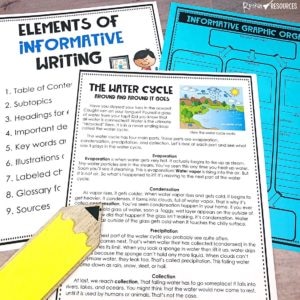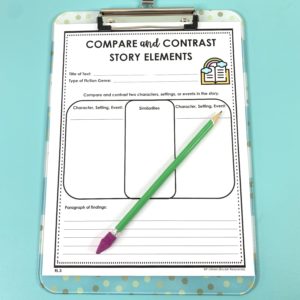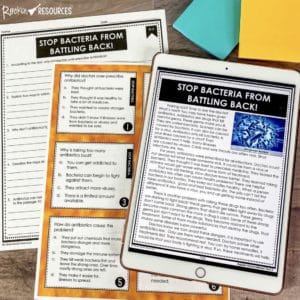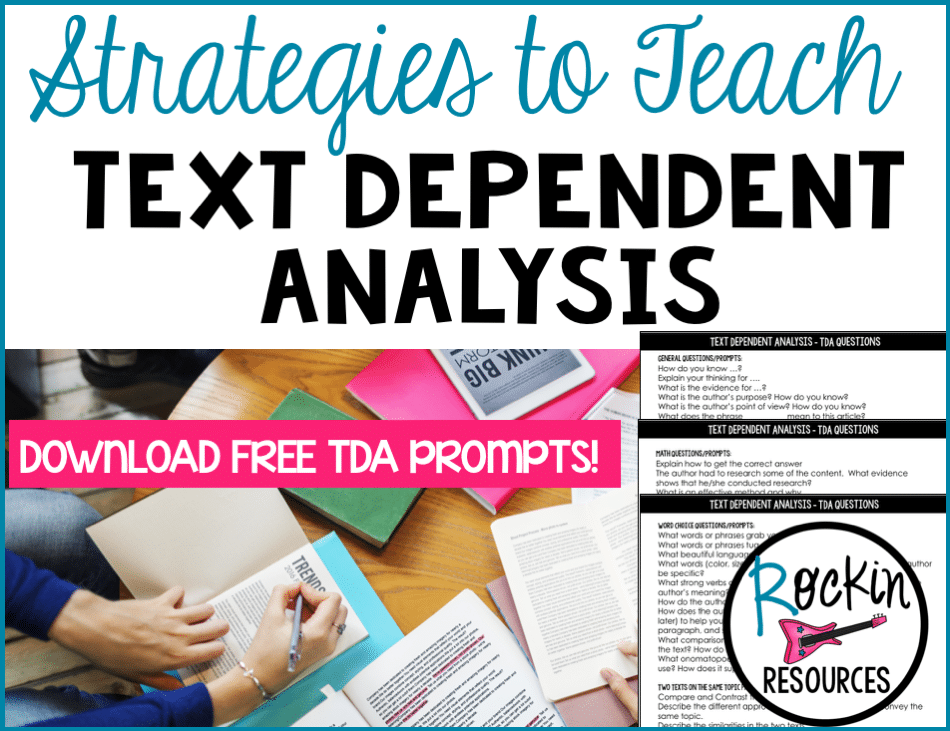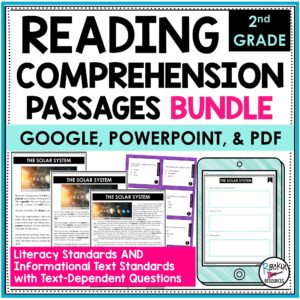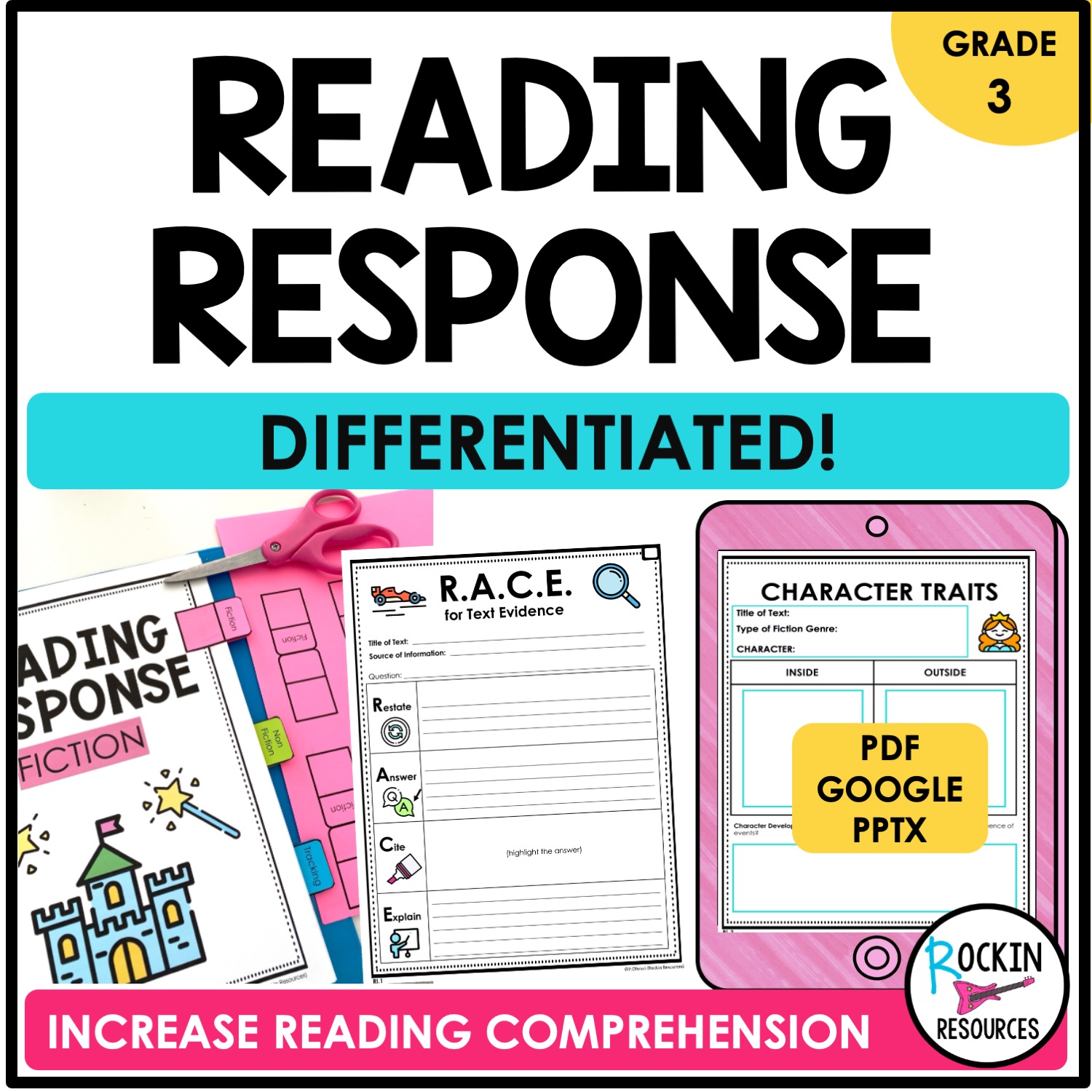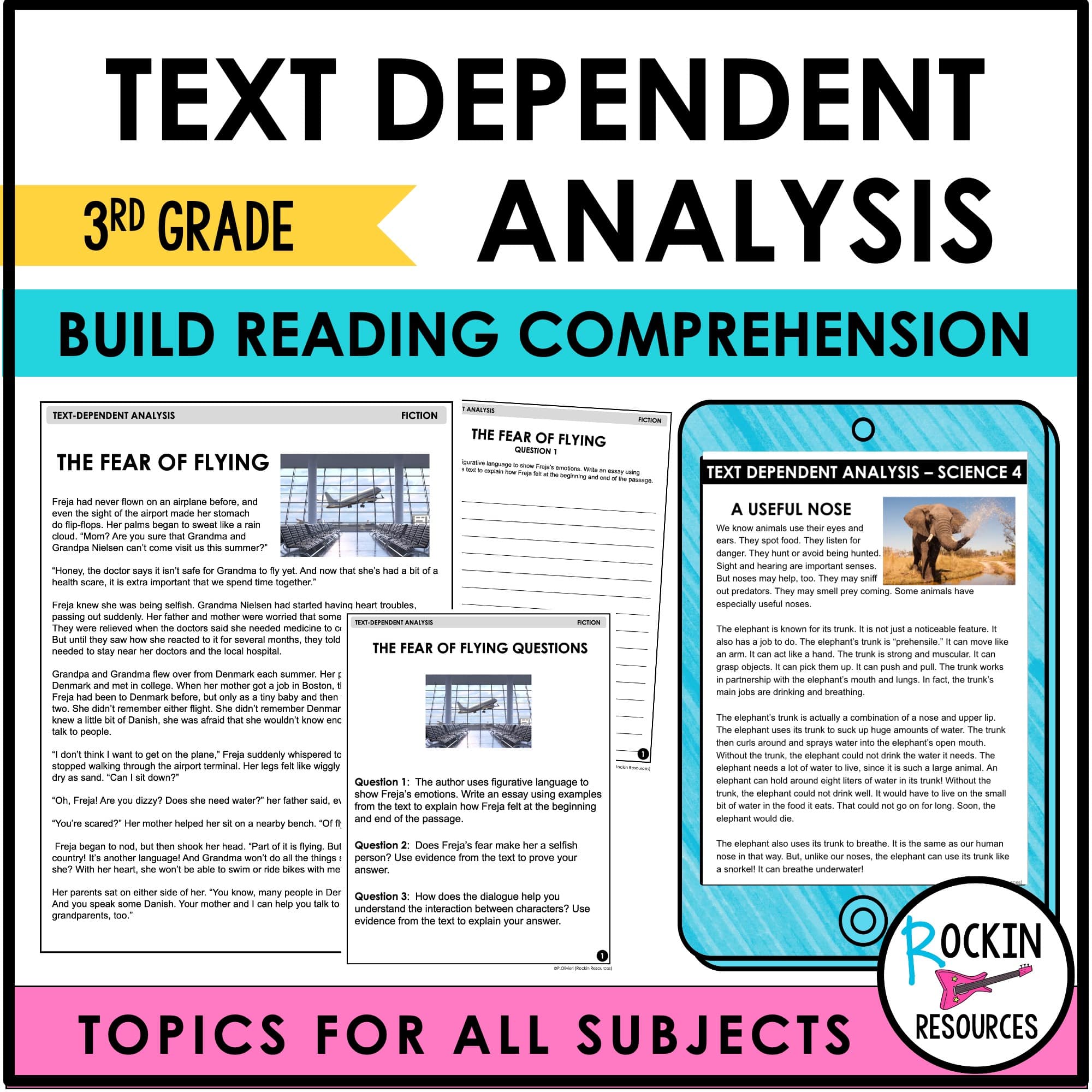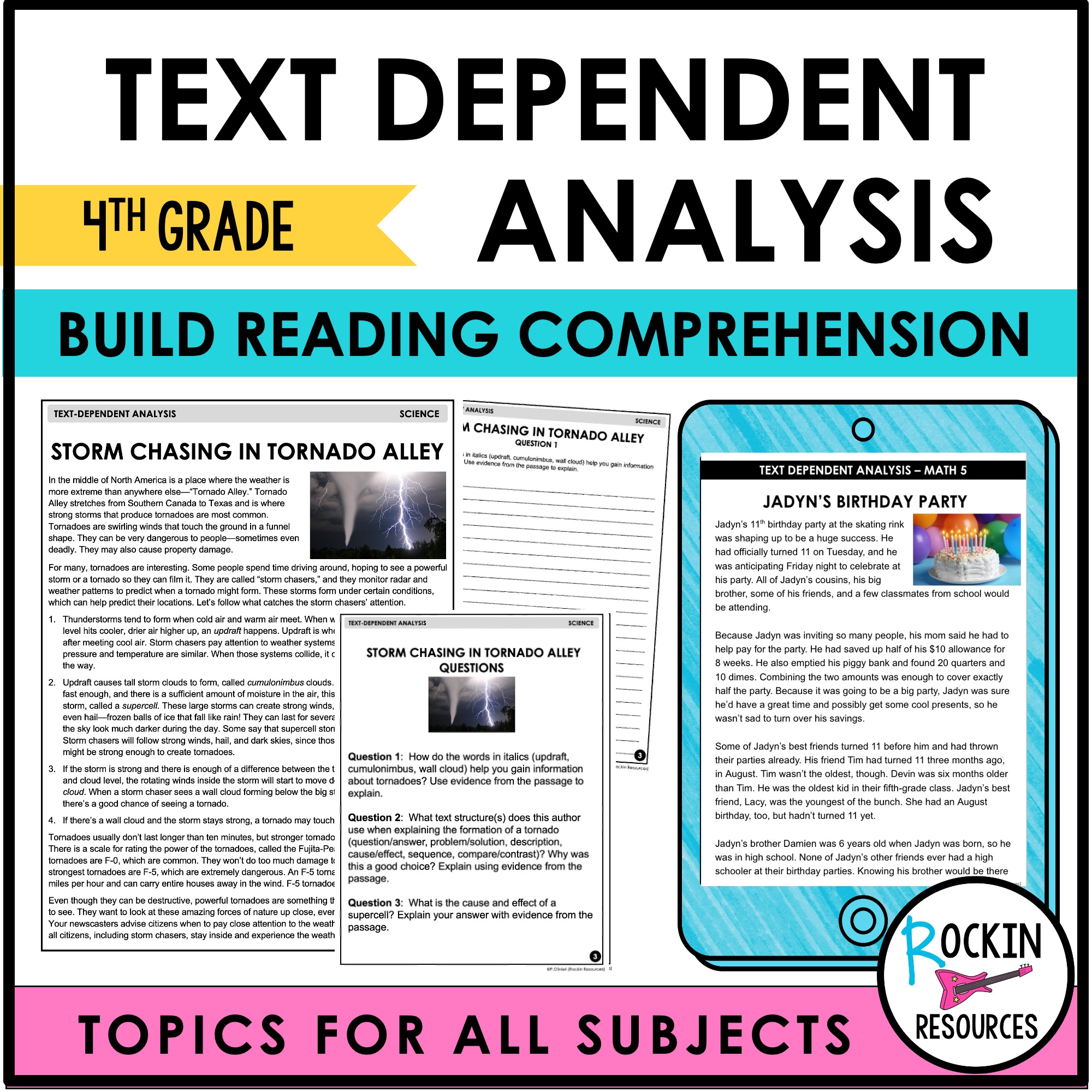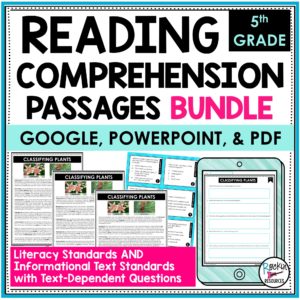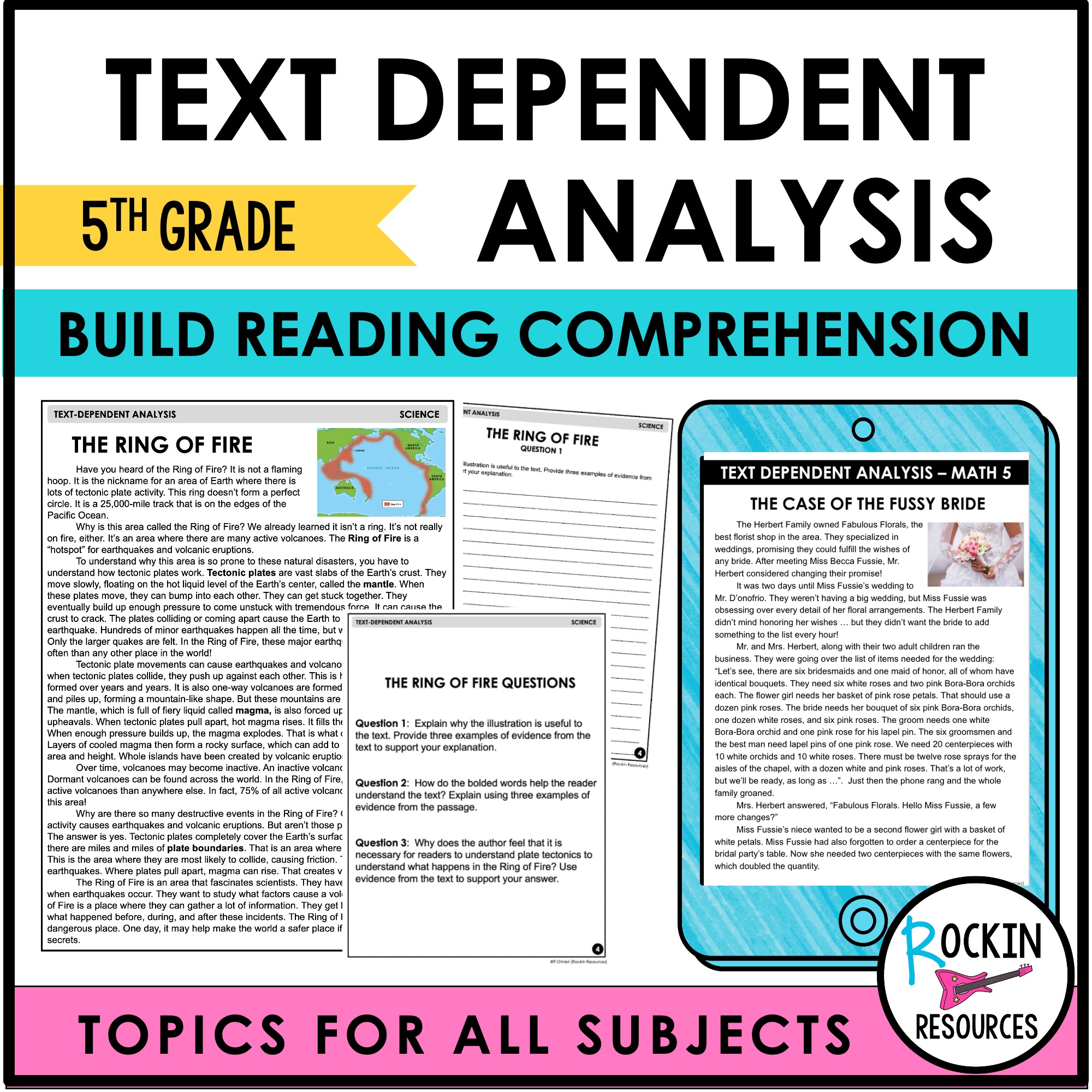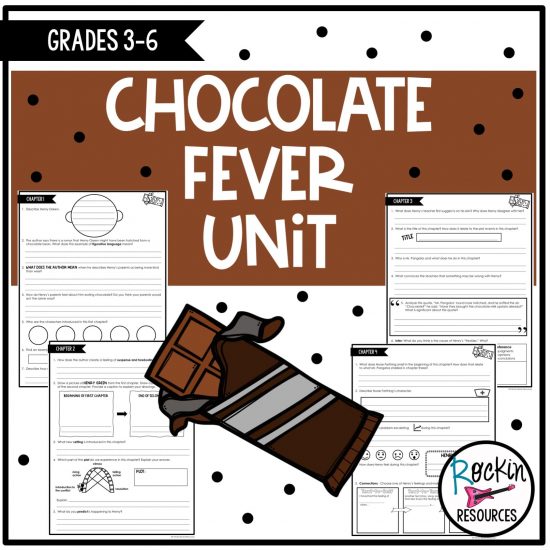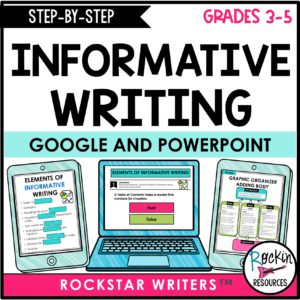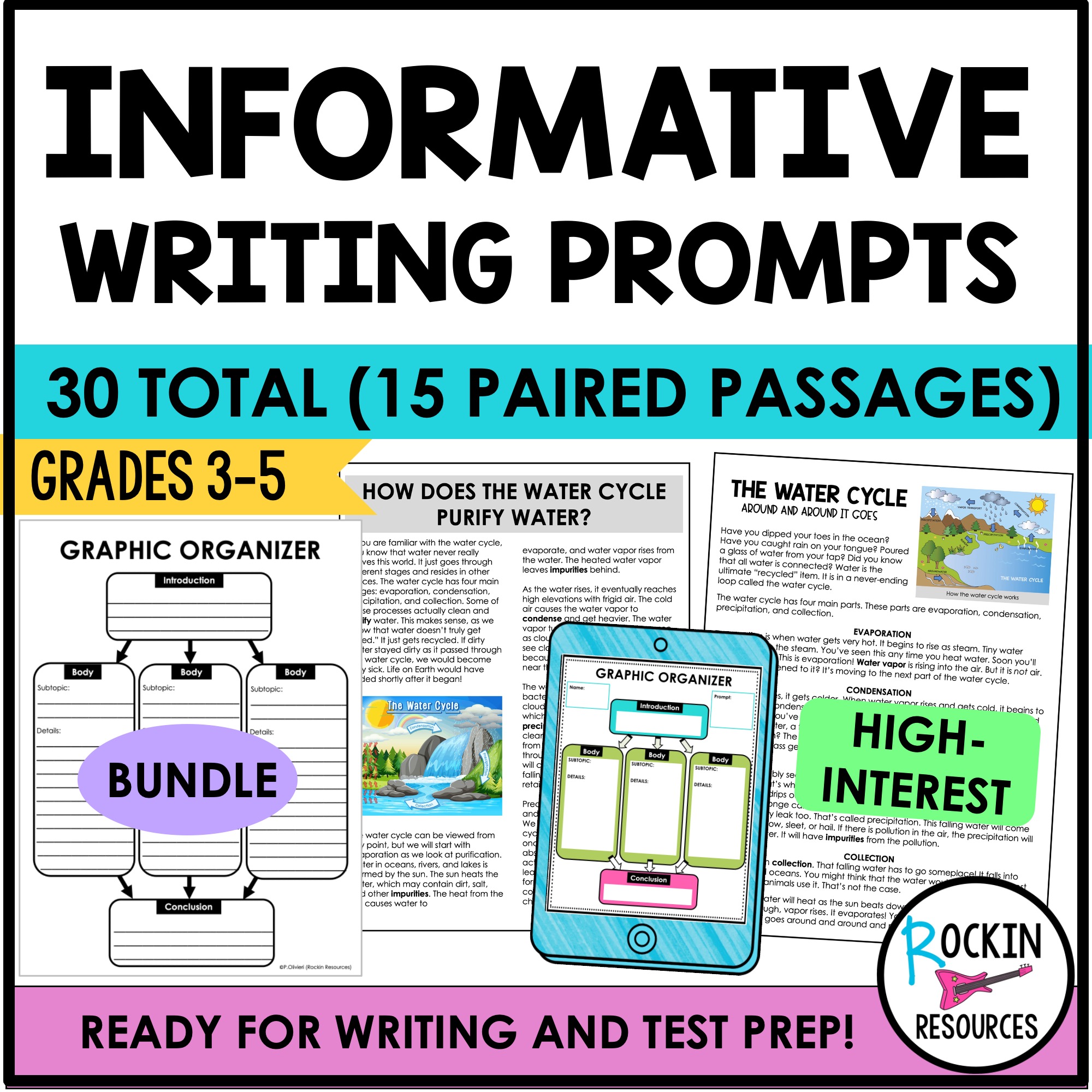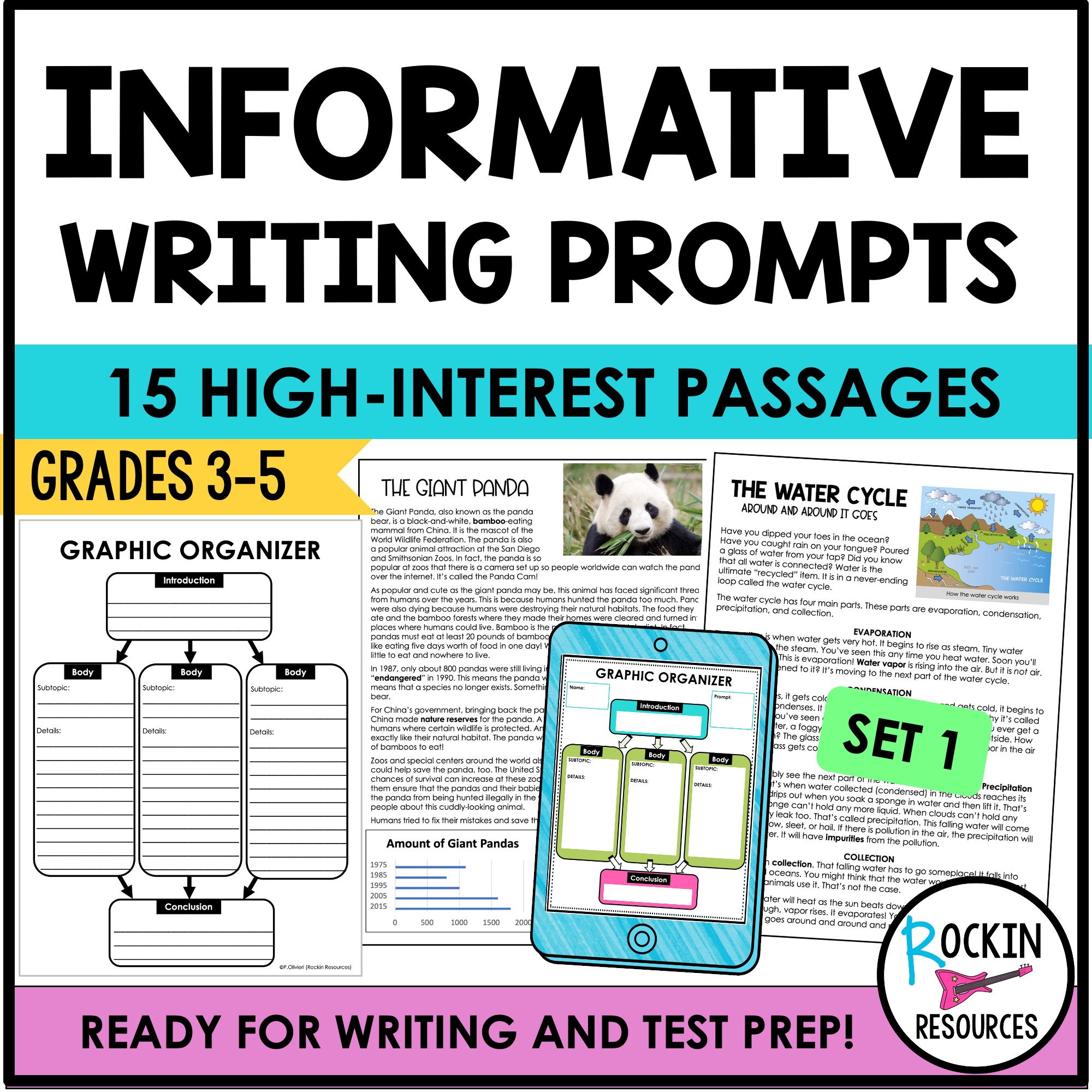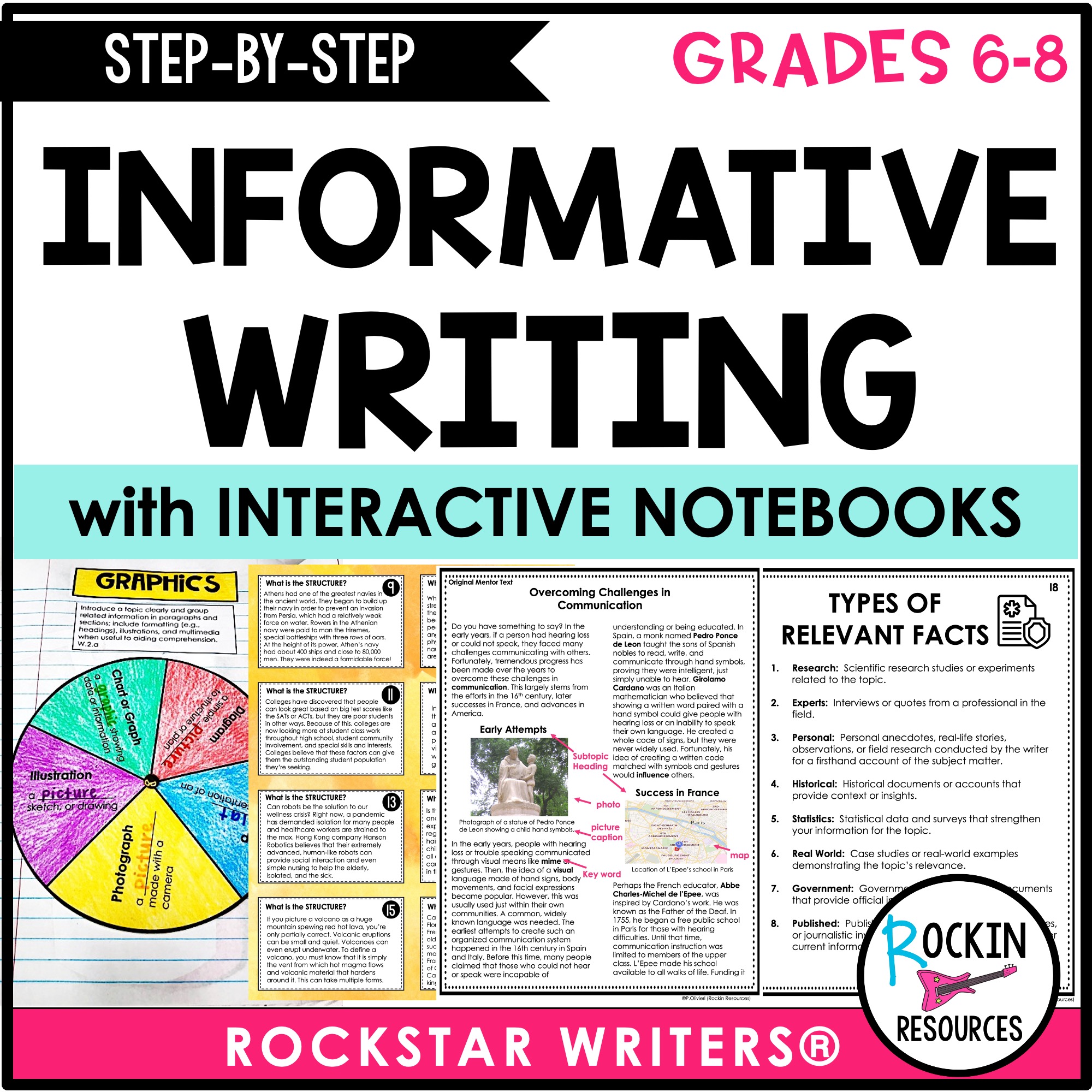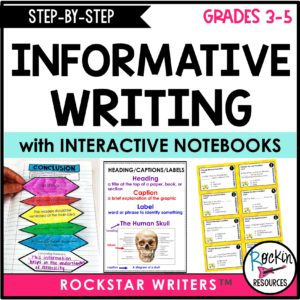In this fast-paced age, it’s hard for students to take time to do anything. Reading material closely is often far down on the list of student-preferred activities. When modern technology provides search results that “seem” to have the answers your students need, they think…what is the purpose of close reading?
Close reading means to read a text closely, paying special attention to one or more facets of the literature. For example, you might ask students to focus on specific patterns, figurative language, character traits, craft, symbolism, or meanings. Close reading develops students’ critical thinking muscles and teaches them to notice as they read and use metacognition to think about their own thinking.
As a teacher, you may know all the great reasons to use close reading in your classroom, but perhaps you’re struggling to find ways to meaningfully incorporate it into your curriculum. In this post, we’ll discuss six effective ways to use close reading in the classroom.
- Overall Practice
- Pre-Reading/Introductory
- Compare and Contrast
- Literature Circles
- Text-Dependent Analysis
- Standard-Based Practice
1. OVERALL PRACTICE
Close reading is basically what great readers, scientists, thinkers, and researchers do every single day; however, it used to be the ONLY way to gain knowledge. Scholars had to read closely across texts and articles as well as within them, because there was no information superhighway to pop out answers. Students today sometimes make the mistake of thinking the almighty Internet has every answer. Sometimes, it will have answers, but not the ones you’re truly looking for in relation to the question that was asked. Teaching close reading is a helpful skill for students to use as they carefully look across multiple sources to find in-depth, thorough answers for questions.
STRATEGY: PRE-SELECTED AUTHENTIC SOURCES
Pose a question to your students or give them an Informative Writing Prompt. It could be related to a current social studies or science standard. Provide authentic sources such as articles, textbooks, informational text, and picture books where students can find the answer. Students must read closely to identify the evidence that answers your question in at least two of your pre-selected sources. They should not be allowed to search the Internet for the answer. Your students will likely complain about this task, yet they will feel quite accomplished when you explain that this is how scientists, scholars, and leaders use close reading. Remind them that their information is coming from authentic sources, which leaves nothing to chance. This could be used as a stand-alone activity or along with an Informative Writing Unit.
2. PRE-READING/INTRODUCTORY
What does it mean to close read as a pre-reading activity? Close reading is a strategy and activity that will definitely be used during reading; however, it can be used as a pre-reading activity as well.
Examples:
- If you’re about to begin a unit on figurative language, give students a basic definition of the types of figurative language. Have them read a short passage, looking closely for examples of figurative language.
- Before students begin a new unit in science, give them a short passage with some key scientific terms, ensuring that the text is not bolded. Have students try to activate prior knowledge about the subject by reading through the passage and highlighting words they think are most important to the topic.
- Before you begin a novel or even a picture book about a specific person or concept, have students do a close reading of a summary of the book or the passage on the back of the book to identify the main characters and plot.
STRATEGY: SCRUTINIZE A SUMMARY
Prior to beginning a new novel or introducing a new topic in a content area, provide students with a short multi-paragraph summary about it. Give students a purpose for their reading, whether it is to identify key characters, the main idea and supporting details, or potential keywords. Provide them with a graphic organizer that will encompass their pre-reading and provide space for notes during reading. As they read, have students refer back to their initial close reading notes to see if predictions were correct or how terms were used, etc.
3. COMPARE AND CONTRAST
While compare and contrast is a type of nonfiction text structure, it is also used when examining elements in literature. Using close reading to compare and contrast informational and fiction pieces will build your students’ analytical muscle. Use close reading to compare two pieces by the same author, two pieces on the same topic, two main characters in different books, or a myriad of other options.
STRATEGY: BEST OF BOTH WORLDS
Choose a current topic from your science or social studies unit and find a fictional or literary text that centers around the same topic. For example, if you were studying the Black Plague, you could choose an excerpt from Fever, 1793. If you were studying ecosystems, you might choose to read The Great Kapok Tree or If I Ran the Rain Forest, or other short passages. Pairing fiction and nonfiction texts may seem daunting at first, but remember, you do not need to pair a whole textbook or novel for this exercise unless you want to. You can find short passages or take excerpts from books. Once you have your set, have students use close reading to analyze similarities and differences they uncover about the same topic when examined from a factual vs. fictional standpoint.
4. LITERATURE CIRCLES
You may think that all literature groups involve close reading—that it should be a naturally occurring component; however, some students seem to read the required pages, answer whatever questions are necessary, and move on to the next task. Close reading for specific purposes within a literature circle can revitalize the standard novel study procedure and increase engagement by providing a new challenge.
STRATEGY: COLLABORATIVE CLOSE READING
Before students begin their reading for the day, tell them that they will be looking for something specific in their close reading. (A list of suggested elements is below, but you can choose anything that you feel is relevant for your students.) Not only will they be searching for this element while reading, they will be looking for one passage in the chapter or section that has prime examples of this element. Each student will select one passage from the reading and lead the other students in examining it collaboratively, sharing comments, and identifying examples. All students could end up choosing the same passage or they could choose different ones. Either way, all students should share insights and discuss examples of the elements they found in the passage.
Suggested elements to search for in collaborative close reading. Note: Some suggestions are aimed at developing readers and others are aimed for critical thinking.
- Evidence of cultural influence in the plot, setting, or characters
- Theme
- Evidence of character bias toward a situation or person
- Foreshadowing
- Foreshadowing realized
- Dialogue tags and the impact on mood and tone
- Descriptive adjectives
- Figurative language and how it relates to the story
- Changes in characters or perspective
- Specific genre elements for mystery, sci-fi, fantasy, historical fiction, etc.
5. TEXT-DEPENDENT ANALYSIS
Text-dependent analysis questions have become a major component of assessment as educational leaders want students to do more than simply “recall and regurgitate” answers. TDA questions require students to provide evidence from the text as well as show inferential and interpretive skills when answering higher-order thinking questions. When students know they are going to be asked basic recall and factual questions only, they tend to read at the “surface” level. Knowing they will have to dig deep to be successful promotes close reading. If your students groan when they are confronted with TDA practice, it is likely because they fear they will not be able to successfully answer the question. Encourage students to use close reading with TDAs, really searching out information and evidence in the text while re-reading the passage. Explain that this is actually like a safety net for success, because they will not be trying to pull all the information out of their heads after one initial read. They can highlight the TEXT EVIDENCE.
STRATEGY: SELF-SELECT AND SHARED-SELECT TDA PRACTICE
Student choice is beneficial for motivation and engagement. Yet, as a teacher, you know that sometimes your students need targeted practice. TDAs are usually specific to the text your students are reading, but there are some TDA questions that lend themselves to many genres and passages with little or no tweaking. After reading a passage, have students self-select two TDA questions from the list below, or one you create yourself. Assign students one TDA prompt that targets a skill they need to hone. You can create one yourself or use one of the suggested questions below. You can also assign different TDAs to different students, based on their needs. This strategy is great for student engagement as well as differentiation.
Suggested TDA Questions:
→ How does the main character treat other characters? What evidence does the author include?
→ How does the main character change throughout the story? What evidence does the author include?
→ What makes this story ________ (name a specific genre)?
→ How did ______event influence a character’s actions?
→ How did the author enhance the writing using ___ (a specific literary device)?
→ What uncertainties were left in the story (cliffhangers, etc)? What evidence in the text allows you to make a prediction of how these events will be resolved?
→ Explain what (character) learns about themselves as a result of_______.
→ Analyze the ______ (theme, characteristics, central idea) in the arguments between two texts.
→ Why is the title appropriate for a specific story, or event in the story?
→ The author includes details about character’s actions. What does the author want you to understand about the character?
→ How is (object or symbol) significant to the plot, events, or character’s actions?
→ Describe a pattern that is starting to emerge between characters/actions/events.
→ What are the strengths and limitations of the character? How does that effect an outcome of an event in the story?
→ How does ___ (event) contribute to the passage?
→ Which sentence(s) describe(s) how central ideas are introduced?
→ Select a main strategy used throughout an article to develop a claim.
→ Why does an author choose to end a passage with ___ (event or a phrase)?
→ Which claim from the article is best supported by this _____(sentence, phrase, or quote)?
→ An author usually does some research to help him/her write the text. What evidence of research do you find in this text?
→ Can you tell if the story describes a particular culture? How do you know? Would the story be different if set in a different culture/setting?
→ What is the most important point in this ___ (paragraph, passage, page, piece)?
→ How do you know? What supporting details does the author include to help you learn about ___?
→ What does the author think about ___?
6. STANDARD-BASED PRACTICE
Are you worried about covering all reading standards? Use READING PASSAGES that are written specifically for each standard. You can use it during a lesson on that standard, as extra practice, or a review for the year. Either way, students will be zeroed in on a specific standard for close reading. If the questions include higher-order thinking and TDA, students will need to read the whole passage for understanding and for finding the correct answers.
STRATEGY: DETECTIVE STAN (for standards )
Provide STANDARD-BASED PASSAGES WITH COMPREHENSION QUESTIONS. Students will need to write and highlight on and around the passage. Either print the passages or use highlighting tools for digital learning. For each question, students should highlight and number the question where they found the answer. Then they should answer the question using the text evidence.
Tip: You can motivate your students by supplying mini magnifying glasses or making detective hats.
For more detective fun check out this mystery unit bundle.
I hope you found something you can use in your classroom. Throughout the year, there will be endless opportunities to utilize close reading. The six suggestions and strategies here are just the tip of the iceberg. Enjoy finding inventive and meaningful ways to incorporate close reading into your daily routine. You will happily see your students transform and become more engaged in their reading!
Keep Rockin’,
See Similar Blogs:
DISCOVER RELATED RESOURCES:
-
2nd Grade Reading Comprehension Passages Bundle
Original price was: $41.99.$24.99Current price is: $24.99. -
3rd Grade Reading Comprehension Passages Bundle
Original price was: $41.99.$24.99Current price is: $24.99. -
3RD GRADE READING RESPONSE JOURNAL – READING RESPONSE WORKSHEETS
Original price was: $9.99.$7.00Current price is: $7.00. -
3rd Grade Text Dependent Analysis (TDA) Text Evidence Writing
Original price was: $5.99.$3.60Current price is: $3.60. -
4th Grade Reading Comprehension Passages Bundle | GOOGLE
Original price was: $41.99.$24.99Current price is: $24.99. -
4TH GRADE READING RESPONSE JOURNAL – READING RESPONSE WORKSHEETS
Original price was: $9.99.$7.00Current price is: $7.00. -
4th Grade Text Dependent Analysis (TDA) Text Evidence Writing
Original price was: $5.99.$3.60Current price is: $3.60. -
5th Grade Reading Comprehension Passages Bundle
Original price was: $41.99.$19.99Current price is: $19.99. -
5TH GRADE READING RESPONSE JOURNAL – READING RESPONSE WORKSHEETS
Original price was: $9.99.$7.00Current price is: $7.00. -
5th Grade Text Dependent Analysis (TDA) Text Evidence Writing
Original price was: $5.99.$3.60Current price is: $3.60. -
Informative Writing Prompt Passages Bundle
Original price was: $8.00.$7.00Current price is: $7.00. -
Reading Skills Bundle for Reading Comprehension
Original price was: $14.97.$12.00Current price is: $12.00. -
Step-by-Step Reading Skills for Reading Comprehension Bundle 1
Original price was: $83.92.$68.99Current price is: $68.99.


